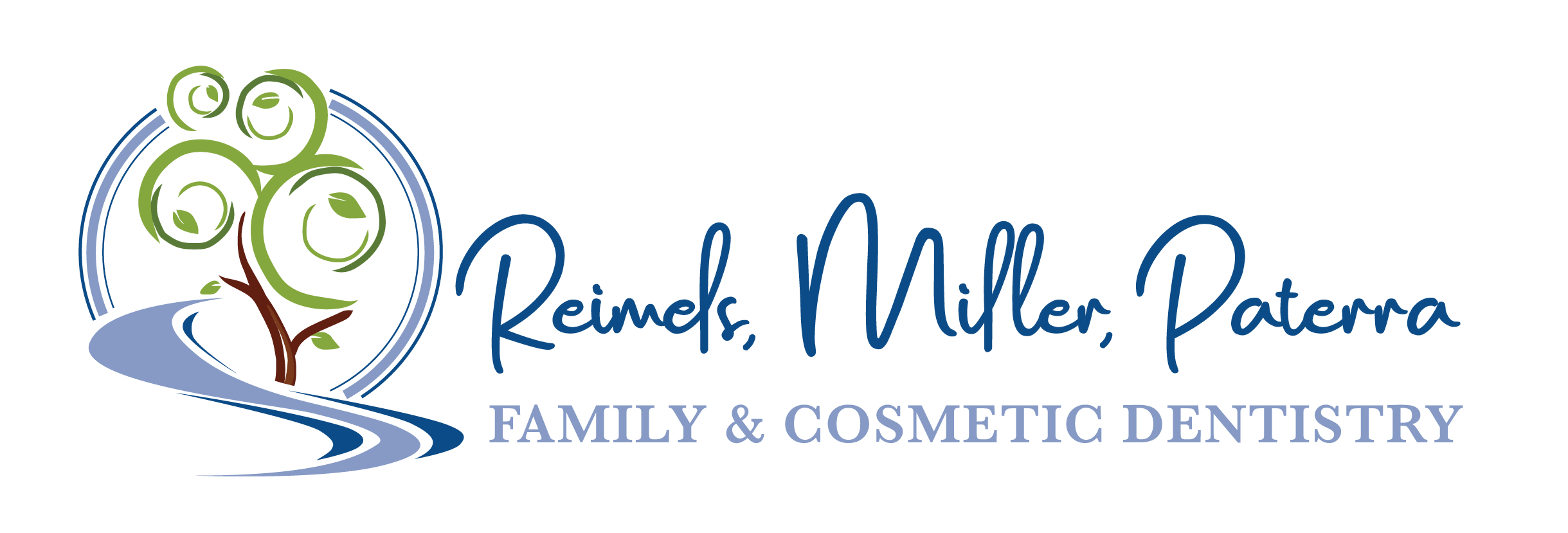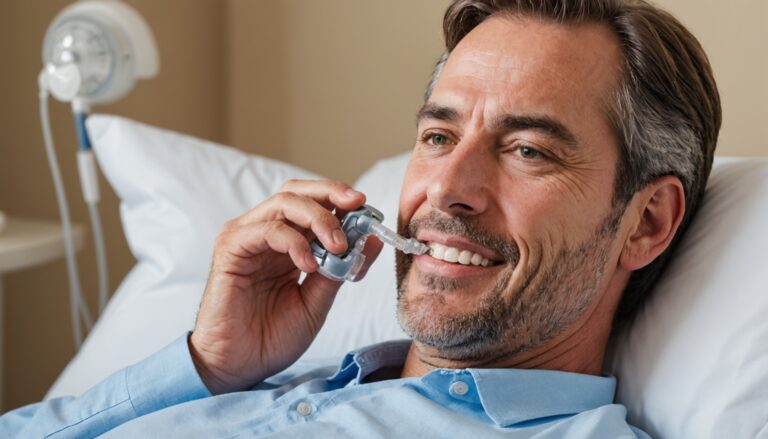Understanding Sleep Apnea
Sleep apnea is a serious condition that disrupts your sleep and can lead to various health problems. In this section, you will learn about the impacts of sleep apnea, its prevalence, and associated risks.
Impact of Sleep Apnea
Obstructive sleep apnea (OSA) is the most common form of sleep apnea and accounts for over 80% of diagnosed sleep-related breathing disorders in the United States [1]. This condition is characterized by repetitive narrowing or collapse of the upper airway during sleep, resulting in breathing cessations (apneas) or partial obstructions (hypopneas) with diminished airflow.
The impact of sleep apnea extends beyond disrupted sleep. Those affected frequently experience excessive daytime sleepiness, irritability, and difficulty concentrating. Additionally, OSA can lead to other health complications, including:
- Cardiovascular issues: Increased risk of hypertension, heart disease, and stroke.
- Metabolic consequences: Higher likelihood of obesity and type 2 diabetes.
- Mental health problems: Greater susceptibility to anxiety and depression.
Addressing these issues early on can greatly improve your overall well-being. Non-invasive solutions like oral appliance therapy for sleep apnea can be effective in alleviating symptoms and improving your quality of life.
Prevalence and Risks
Sleep apnea is estimated to affect up to one billion individuals worldwide [2]. Many adults struggle with symptoms, often unaware they have the condition. Key risk factors for sleep apnea include:
| Risk Factor | Description |
|---|---|
| Obesity | Excess body weight can increase airway pressure. |
| Neck Circumference | A thick neck may indicate excess tissue around the airway. |
| Age | Increased prevalence in older adults. |
| Gender | Males are significantly more likely to develop OSA. |
| Family History | A genetic predisposition can increase your risk. |
Understanding these risks can help you discuss your symptoms with your healthcare provider effectively. If you suspect you may have sleep apnea or are looking for a sleep apnea dentist treatment, it’s crucial to seek an evaluation. Early intervention through appropriate treatment, such as an oral appliance, can significantly enhance your sleep quality and overall health.
Treatments for Sleep Apnea
When considering dental sleep apnea treatment, it’s important to explore various options available to you. These treatments include CPAP therapy, oral appliance therapy, and in some cases, surgery as a last resort. Understanding these options can help you make an informed decision about your treatment path.
CPAP Therapy
Continuous Positive Airway Pressure (CPAP) therapy is often the primary treatment choice for obstructive sleep apnea due to its effectiveness in reducing the apnea-hypopnea index (AHI) [3]. A CPAP machine delivers a steady stream of air through a mask, keeping your airway open while you sleep.
| Parameter | CPAP Therapy |
|---|---|
| Effectiveness | High |
| Common Issues | Discomfort, claustrophobia |
| Suitability | Moderate to severe OSA |
Despite its efficacy, some individuals experience discomfort or find it difficult to tolerate CPAP therapy. For those seeking alternatives, oral appliance therapy may be a suitable option.
Oral Appliance Therapy
Oral appliance therapy is designed for individuals with obstructive sleep apnea who cannot tolerate CPAP therapy. These devices improve your symptoms by keeping your airway unobstructed during sleep, thus enhancing breathing stability and quality of sleep [1].
| Parameter | Oral Appliance Therapy |
|---|---|
| Effectiveness | Moderate to high for mild and moderate OSA |
| Comfort | Generally comfortable |
| Suitability | Mild to moderate OSA |
Devices like mandibular advancement devices (MADs) and tongue-stabilizing devices (TSDs) are examples of oral appliances used.
Surgery as a Last Resort
Surgery is typically recommended when non-surgical therapies do not yield desired results. This approach aims to reduce upper airway obstructions through various procedures such as uvulopalatopharyngoplasty and maxillary-mandibular advancement surgery.
| Parameter | Surgical Options |
|---|---|
| Effectiveness | High for certain patients |
| Risks | Surgical complications |
| Suitability | Severe OSA patients |
If surgery is under consideration, consulting with a specialist can help determine the necessity and appropriateness based on your individual condition.
As you navigate through these options, it’s critical to seek dental sleep medicine treatment that suits your specific needs. Your sleep apnea dentist treatment will provide guidance tailored to your circumstances, ensuring you choose the best path for relief.
Oral Appliance Therapy
Oral appliance therapy is a recognized treatment for individuals struggling with mild to moderate sleep apnea. It offers a non-invasive alternative for those who may find continuous positive airway pressure (CPAP) therapy uncomfortable or intolerable.
Mechanism of Action
Oral appliances function primarily by repositioning the jaw and tongue. They work by pulling the jaw or tongue forward while you sleep to keep the airway open. This action facilitates better airflow, allowing you to breathe effectively and reducing the frequency of waking up throughout the night due to obstructive sleep apnea (OSA). Improved breathing not only enhances sleep quality but also prevents vital organs from experiencing oxygen deprivation [4].
Types of Oral Appliances
There are a few primary types of oral appliances used in the treatment of sleep apnea:
| Type of Device | Description |
|---|---|
| Mandibular Advancement Devices (MADs) | Pull the lower jaw forward and create more airway space in the back of the throat. Custom-made for effectiveness. |
| Tongue-Stabilizing Devices (TSDs) | Stabilize the tongue and prevent it from collapsing back into the throat during sleep. |
MADs are the most common option among these, specifically designed to provide tailored fit and comfort based on individual dental characteristics.
Effectiveness Compared to CPAP
While CPAP therapy is a widely used treatment for sleep apnea, many individuals find oral appliances a more appealing choice. Studies show that oral appliances can significantly reduce the severity of OSA for eligible patients. Moreover, they are generally easier to use and maintain.
Research indicates that properly fitted oral appliances can yield positive results in improving overall sleep quality and reducing symptoms associated with obstructive sleep apnea. However, effectiveness may vary based on the severity of your condition and how well you adjust to the device. For specific evaluations or comparisons in treatment effectiveness, consult a sleep apnea dentist to determine the best path forward for your needs.
In summary, oral appliance therapy offers a practical solution for those seeking alternatives to traditional methods for managing sleep apnea. They can be a suitable dental sleep apnea treatment, particularly for individuals with a diagnosis of mild or moderate sleep apnea. Regular adjustments and monitoring by a dentist specializing in sleep disorders will help ensure optimal effectiveness and comfort while using these devices.
Mandibular Advancement Devices (MADs)
Mandibular Advancement Devices (MADs) are a popular dental sleep apnea treatment option designed to help you breathe better during sleep. These devices have become particularly favored among individuals with mild to moderate obstructive sleep apnea who struggle with the use of CPAP machines.
Function of MADs
MADs function by gently repositioning your jaw forward while you sleep, which helps to keep your airway open. By advancing the lower jaw, these devices prevent the tongue and soft tissues in the throat from collapsing and blocking the airway. This mechanism can significantly reduce the frequency and severity of apneas and hypopneas.
Custom-Fitted MADs
Custom-fitted MADs are the most effective type of oral appliances for treating obstructive sleep apnea. Research indicates that custom-made options provide better results compared to over-the-counter models, such as “boil and bite” devices [4]. Custom designs are tailored to your specific dental structures, enhancing comfort and effectiveness.
| Type of MAD | Effectiveness | Fit Type |
|---|---|---|
| Custom-Fitted | High | Tailored specifically to the patient’s dental structure |
| Boil and Bite | Moderate | Requires self-molding to the user’s mouth shape |
Efficacy for OSA Treatment
MADs have proven effective for many patients with obstructive sleep apnea. They can be used alone or in conjunction with CPAP therapy, making them a versatile choice for those seeking alternatives to traditional treatments. While CPAP remains the gold standard for apnea treatment, oral appliances like MADs often improve symptoms in those who cannot tolerate CPAP machines.
It’s essential to consult with a sleep apnea dentist who specializes in these devices to ensure you receive a proper fitting and ongoing support. Regular dental check-ups are also recommended to monitor any potential side effects, such as tooth movement or changes in bite alignment [5].
Tongue-Stabilizing Devices (TSDs)
Role of TSDs
Tongue-stabilizing devices (TSDs) serve as a dental sleep apnea treatment option for individuals suffering from obstructive sleep apnea (OSA). These appliances work by pulling the tongue forward with suction during sleep, effectively keeping the airway open. Unlike Mandibular Advancement Devices (MADs), which position the jaw forward, TSDs target the tongue directly, making them a potential solution for those who may struggle with the fit of traditional oral appliances.
Over-the-Counter TSDs
TSDs are available for purchase over the counter, offering a convenient option for individuals seeking immediate relief from sleep apnea symptoms. While these devices can be effective, it is critical to choose a high-quality product to ensure safety and efficacy. TSDs can be particularly beneficial for individuals with weaker teeth who might find MADs uncomfortable or unsuitable.
| TSD Features | Description |
|---|---|
| Adjustability | Many TSDs allow for adjustments to ensure a comfortable fit. |
| Materials | Made from soft materials to minimize irritation. |
| Results | Typically used for mild to moderate cases of sleep apnea. |
Suitability for Patients
TSDs can be an appropriate option for a variety of patients, especially those diagnosed with mild to moderate sleep apnea. If you have been recommended to avoid CPAP or have experienced discomfort with other oral appliances, TSDs may be the right alternative for you. It is important to consult with a dentist specializing in sleep apnea treatment to determine if a TSD is suitable for your specific condition.
For further insights into other treatment options, please explore our resources on oral appliance therapy for sleep apnea and alternative to CPAP for sleep apnea.
Adjusting to Oral Appliance Therapy
Oral appliance therapy is a common non-invasive approach for managing sleep apnea. If you are transitioning to an oral appliance, understanding the adjustment process is crucial for maximizing your comfort and effectiveness.
Transition Period
The adjustment period for getting used to an oral appliance typically takes about two to four weeks. During this time, you may feel discomfort as your mouth adapts to the new device. It’s normal for it to take a few nights or even weeks before you feel fully comfortable using it throughout the night. Regular evaluations with your sleep apnea dentist treatment can help ensure that the device fits properly and is working as intended.
Short-Term Side Effects
As with any dental appliance, you may experience some short-term side effects after starting oral appliance therapy. The most common include:
| Side Effect | Description |
|---|---|
| Drooling | Excess saliva due to the presence of the appliance. |
| Temporomandibular Pain | Discomfort in the jaw joint or muscles. |
| Tooth Pain | Sensitivity in teeth during initial usage. |
| Bite Changes | Alterations in tooth alignment over time. |
These side effects usually improve as you become accustomed to the appliance. Properly fitted appliances will help minimize these adverse effects. If they persist, it is important to consult your dentist for sleep apnea therapy for adjustments.
Long-Term Considerations
While long-term side effects are uncommon with a properly fitted appliance, they can occasionally occur. Some of the potential long-term issues include:
- Tooth Movement: Prolonged use can lead to shifts in tooth position or bite changes that become evident over time. It is advisable to have regular check-ups with your dentist to monitor these changes.
- Jaw Discomfort: Some patients experience ongoing discomfort in the jaw which may require further evaluation or adjustments to the appliance.
Custom-made oral appliances are the most effective for treating obstructive sleep apnea, offering better results compared to over-the-counter options [4]. Engaging with your dentist regularly ensures your treatment remains effective and comfortable, while also preventing complications from arising.
For additional insights on the best approaches to sleep apnea, including alternative to CPAP for sleep apnea and the effectiveness of various treatments, consider exploring more resources.








